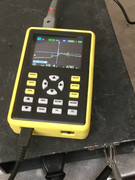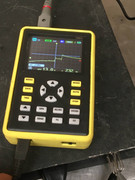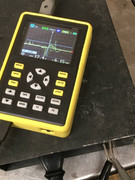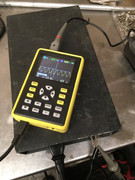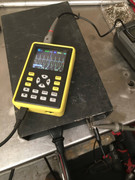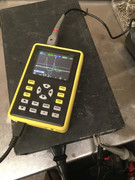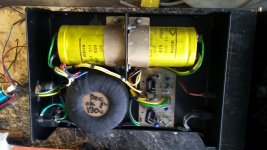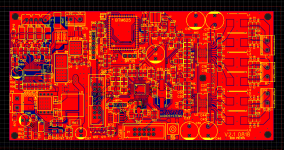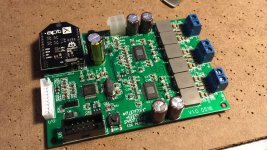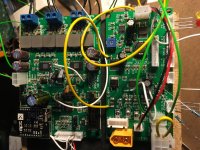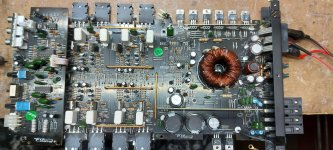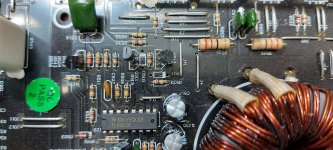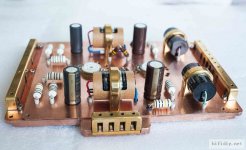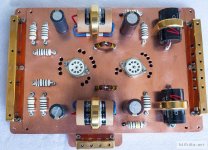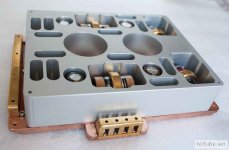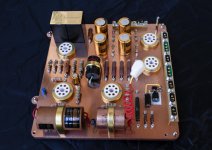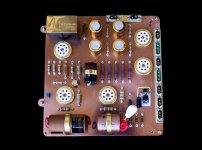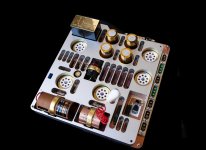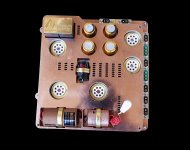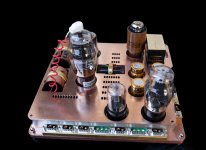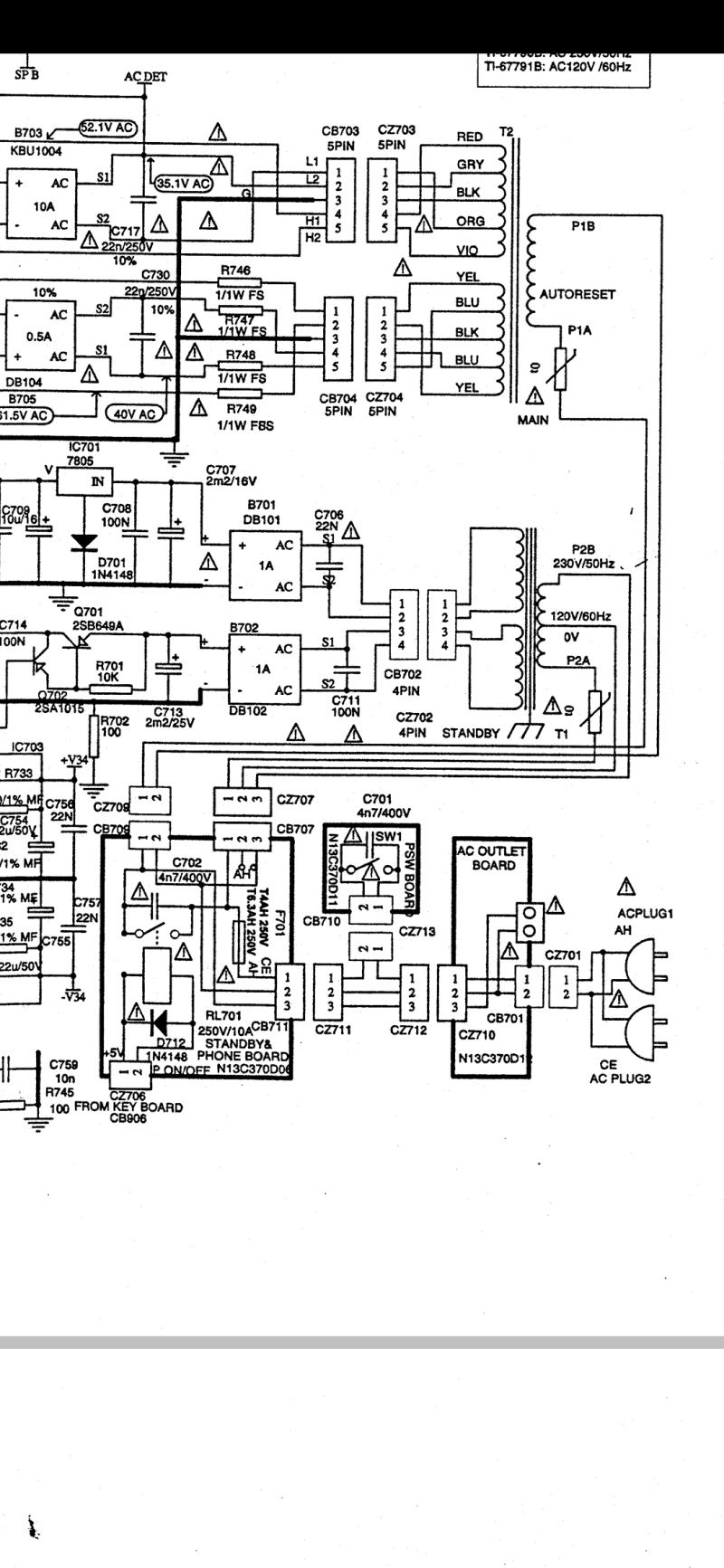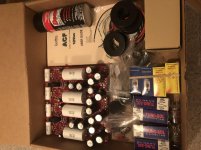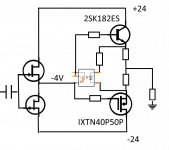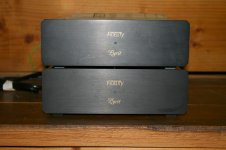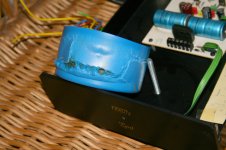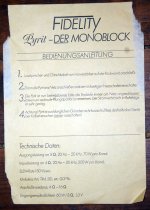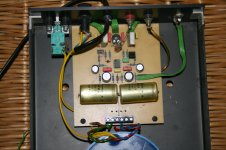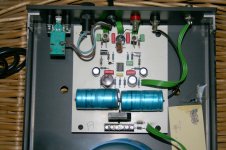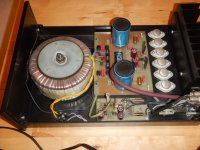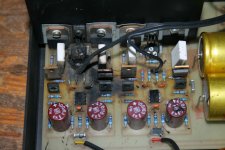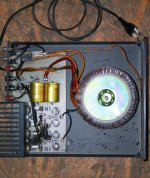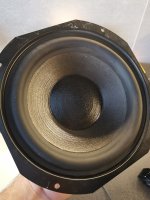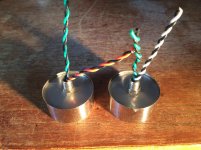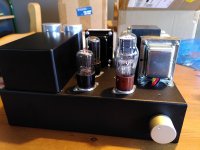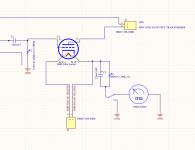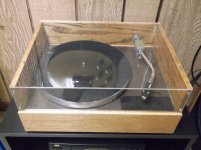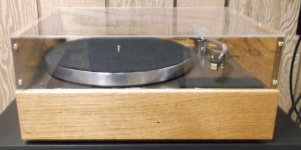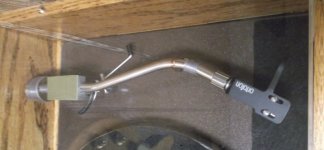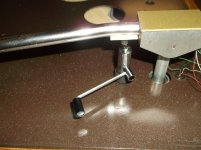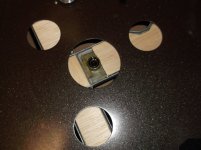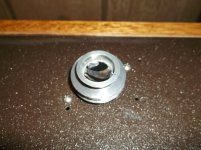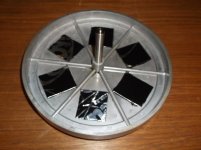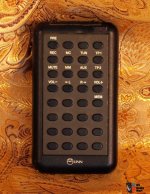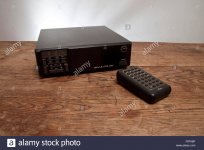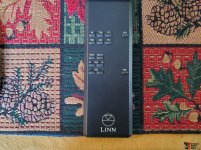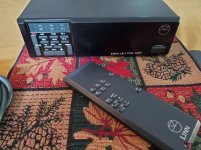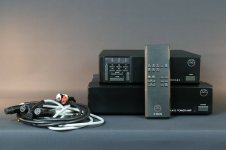Hi all,
i like to build me a pass A3 amp, but i have so many questions, i did buy some nice pcb's.
And i have some stuff lying around what i like to use if it's suitable for the amplifier, so i can keep the cost down for the build.
First starting out with the supply i have a 500va with 2x18v ac out, and a 500va with 2x24v ac out, can i use them and which is better to use with the A3 amp, i believe the original power supply to have is a 2x20v ac out.
Next i did see that in my schematic diagram i did get from the seller of the pcb's i did see that they use the bc550c, and i did see in the Aleph 3 Service Manual that they did use the mpsa18 so i did saw that they did have lower distortion and more hfe so i did order them.
Than i have some new mosfets lying around, again in the original Aleph 3 Service Manual they did use the irf244 i do not have them, i have the irfp250 that are used in my clone A3 schematic diagram and i have the irfp260 also, what must i do, buy the irf244 or go for the irfp250 or the irfp260 what i already have.
I believe the irfp260 has the lowest resistance, does the resistance matter or not in a amp, oke so where i have to look for in a mosfet for a amplifier, what is important to look for.
So next i have some new Panasonic caps lying around, the FR version, so fast and a long life span, they are just the value i need 220Uf, can i use them or do i need real audio caps for this amp.
I did build a Hood 1969 amp before so normal u set the middle voltage with a pot and the bias with a pot, i do not see them with this design, so i am sure that they are resistors that do that job, but i do not now which resistors i have to change, but i think i need to change them with i higher or lower voltage on the rails.
please understand i am a beginner at this, so please do not judge me for not knowing, i did build so many other things, but only ones i did build a small amplifier, and i did like the sound of that Hood 1969 with the toshiba 2sc5200 in it, i did build that amp for in my jukebox diy project.
And yes i do like nice music, who doesn't, so i do build my own speakers, but this amp is the next step up, building your own amp, so i need help to do it.
And i hope i get it here.
O yea i did hear a few years ago a original Pass Amp, i can not remember what type of Pass amp that was but i did like it, i did not forget the nice sound, i hope my Pass clone amp will get the same sound, or near to the original sound, but for the real thing i do not have the money so that's why i go this way of building my own Pass clone amp and hope for the best.
i ad my schematic diagram i did get from the seller of the PCB's
 Thought its about time.. I joined.
Thought its about time.. I joined.
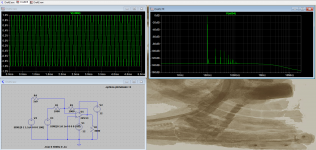
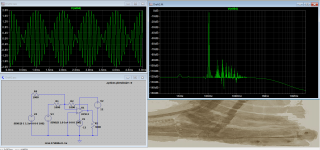
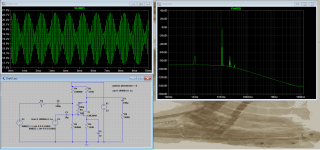
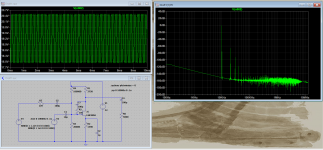
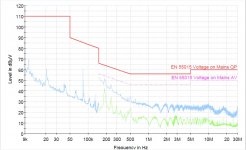
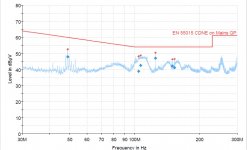
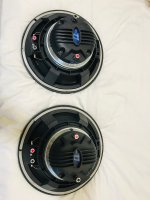
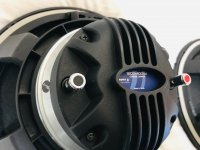
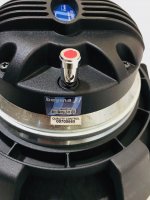
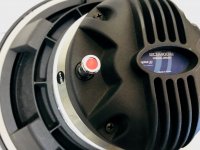

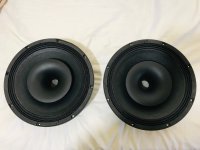


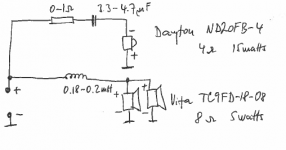
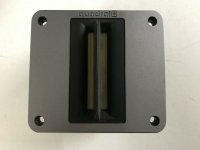
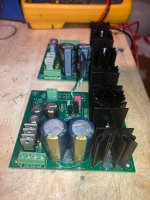

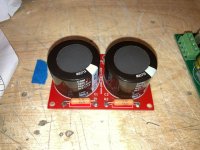
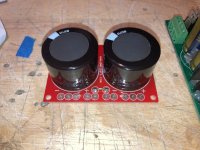
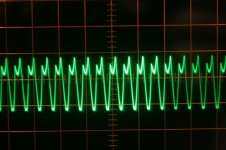
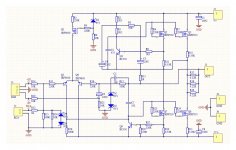

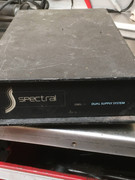

 )
)